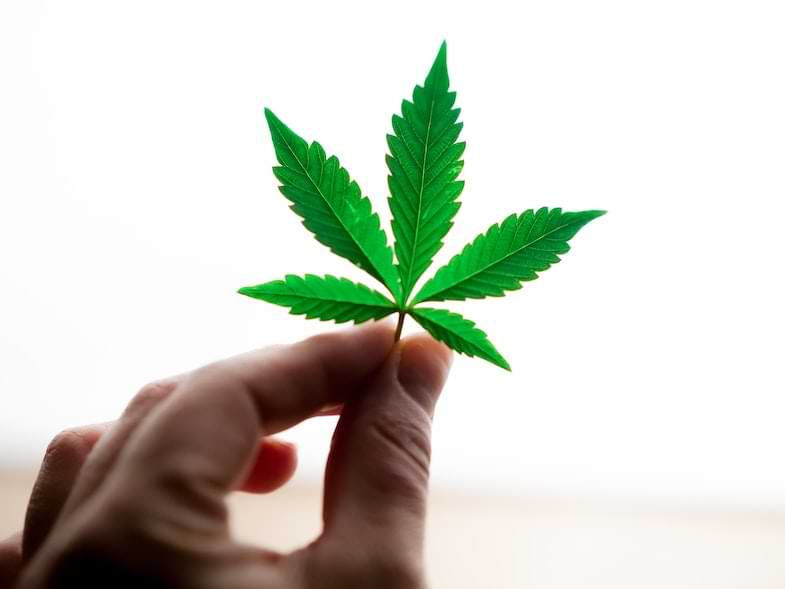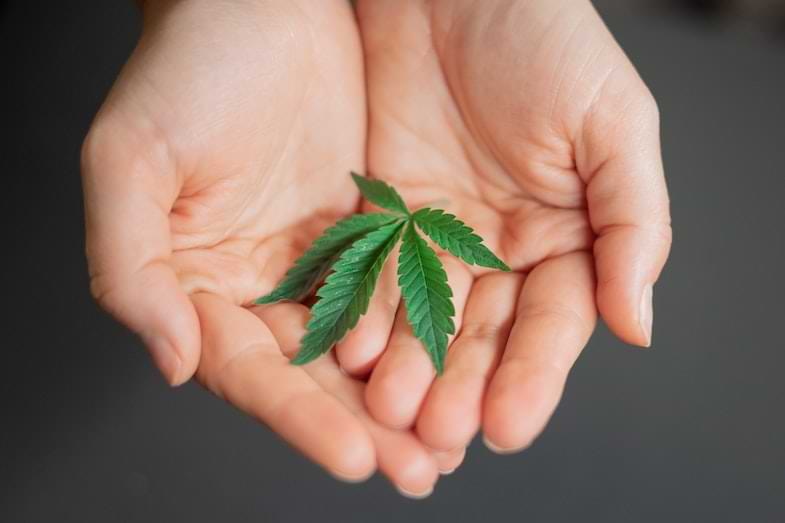Modified on: 03/10/2023
Cannabis: the troubled history of a much-criticised plant
When was cannabis first used, and who discovered it?
If you have looked at other web pages, you will have noticed that many theories have a lot in common but some interesting differences.
In this article, we will shed some light on this, offering a general overview of the history of cannabis from its beginnings to the end of the 20th century.


History of cannabis: first uses date back 12,000 years.
Cannabis was first cultivated by humans around 12,000 years ago in China.
This is according to researchers who published a study analysing plant genomes worldwide.
The study, published in the journal Science Advances, explains that the genomic history of cannabis domestication has not been sufficiently studied compared to other cultivated species, primarily due to legal restrictions.
The researchers, therefore, compiled 110 whole genomes covering the entire spectrum of cannabis, from wild plants to historical cultivars (a variety of plant species artificially bred for cultivation), to modern hybrids used for hemp and drugs.
Read also: What does marijuana smell like? Everything you need to know.
Hemp: a plant cultivated for multiple purposes
The study claims to have determined ‘the time and origin of domestication, divergence patterns following cultivation, and current genetic diversity.
According to the researchers’ genomic dating, the earliest domesticated ancestors of the hemp and drug types diverged from basal cannabis around 12,000 years ago, indicating that the species was already being used in the early Neolithic period.
Contrary to a widely accepted view, which associates cannabis with a centre of crop cultivation in Central Asia, the results of this study are consistent with a single origin of cannabis Sativa domestication in East Asia, consistent with the earliest archaeological evidence.
But what was it used for at the time?
Cannabis has been used for thousands of years for textiles and its medicinal and psychotropic properties. In addition, the evolution of the cannabis genome suggests that the plant has been cultivated for multiple purposes over several millennia, according to the same study.
That’s right.
Instead, today’s hemp varieties are believed to have originated from a selection process that began around 4,000 years ago and was optimised for fibre or cannabinoid production.
The selection produced tall, unbranched hemp plants with more fibres in the main stem and short, well-branched marijuana plants with more flowers, maximising resin production.


The British Empire later exported cannabis to Australia and the New World.
After 1600, the rise of historical cannabis use spread to Europe, Asia, Africa, and North America.
In particular, the British are responsible
- – of the introduction of cannabis into their New World colonies and Australia;
- – for integrating cannabis into the Australian economy as a cash crop.
Indeed, for over 150 years, it remained a major crop in Australia, and its consumption was typical in the country before it was banned in 1928, during Prohibition.
In America, however, things were different.
In 1525, the Spanish brought marijuana to the New World, while the English introduced it to Jamestown in 1611, where it became an important cash crop on par with tobacco and was cultivated as a source of fibre.
By 1890, cotton had replaced hemp as the main cash crop in the southern states.
Indeed, it is not surprising that some medical patents from this era contained marijuana, but this was a small percentage compared to those with opium or cocaine.
It was in the 1920s that it began to catch on, and according to some historians, it appears that Prohibition led to its boom.
At the time, its recreational use was limited to jazz musicians and show business people, and in the blink of an eye, marijuana clubs, called tea pads, sprang up in every major city.
The authorities tolerated these clubs because marijuana was not illegal, and patrons did not show evidence of disturbing the community.
In short, marijuana was not considered a social threat.
From 1850 to 1942, it entered the US pharmacopoeia and was prescribed for various ailments, including labour pains, nausea, and rheumatism.
But that is not all.
Its use as an intoxicant was common from the 1850s to the 1930s. Then, a campaign in the 1930s by the US Federal Bureau of Narcotics tried to portray marijuana as a highly addictive substance that would lead to users becoming dependent on narcotics.
Thus, in the 1950s, it became a staple of the ‘beat’ generation, while in the 1960s, it was used by university students and hippies, becoming a symbol of rebellion against authority.
What happened next?
The Substance Control Act of 1970 classified marijuana, along with heroin and LSD, as a Schedule I drug, meaning it had a relatively high potential for abuse and no accepted medical use. At that time, most marijuana came from Mexico, but in 1975 the Mexican government agreed to eradicate the crop using the herbicide Paraquat, which raised fears of toxic side effects.
Colombia then became the leading supplier.
The ‘zero-tolerance climate of the Reagan and Bush administrations led to the passing of strict laws and mandatory penalties for marijuana possession and increased vigilance against smuggling at the southern borders.
The ‘war on drugs’ then led to a shift from import dependency to domestic cultivation (particularly in Hawaii and California). From 1982 onwards, the Drug Enforcement Agency focused heavily on cultivation in the United States. It shifted to indoor cultivation of the plants, developed mainly for their small size and high yields.
After a decade of declining use, marijuana smoking picked up again in the early 1990s, especially among teenagers.
Read also: How to open a cannabis social club in Italy: is it possible?
Conclusions
In this article, we have seen the history of marijuana and its first uses. We then briefly looked at how it spread around the world, with a focus on the history of Australia and the troubled history of the United States.









